
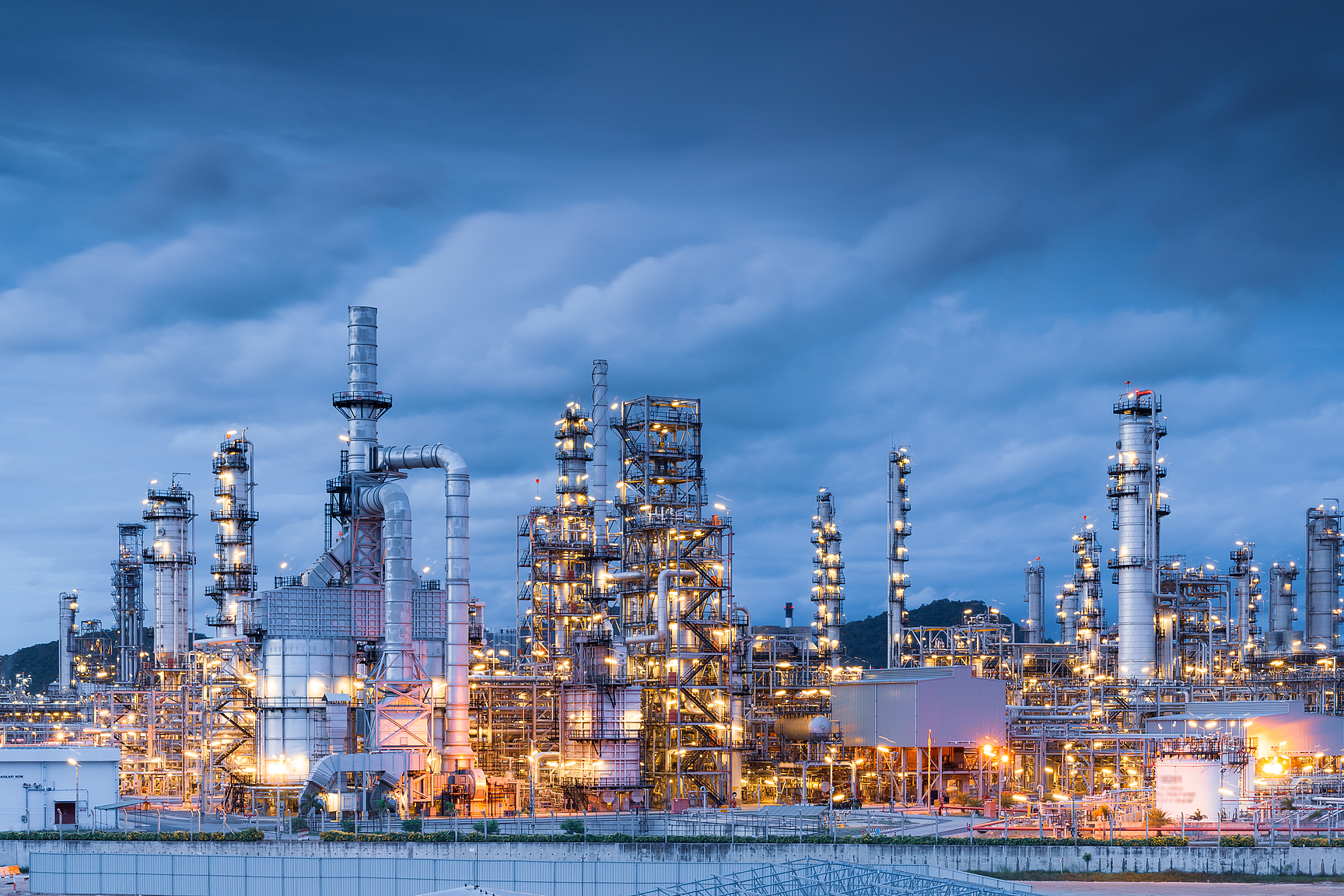

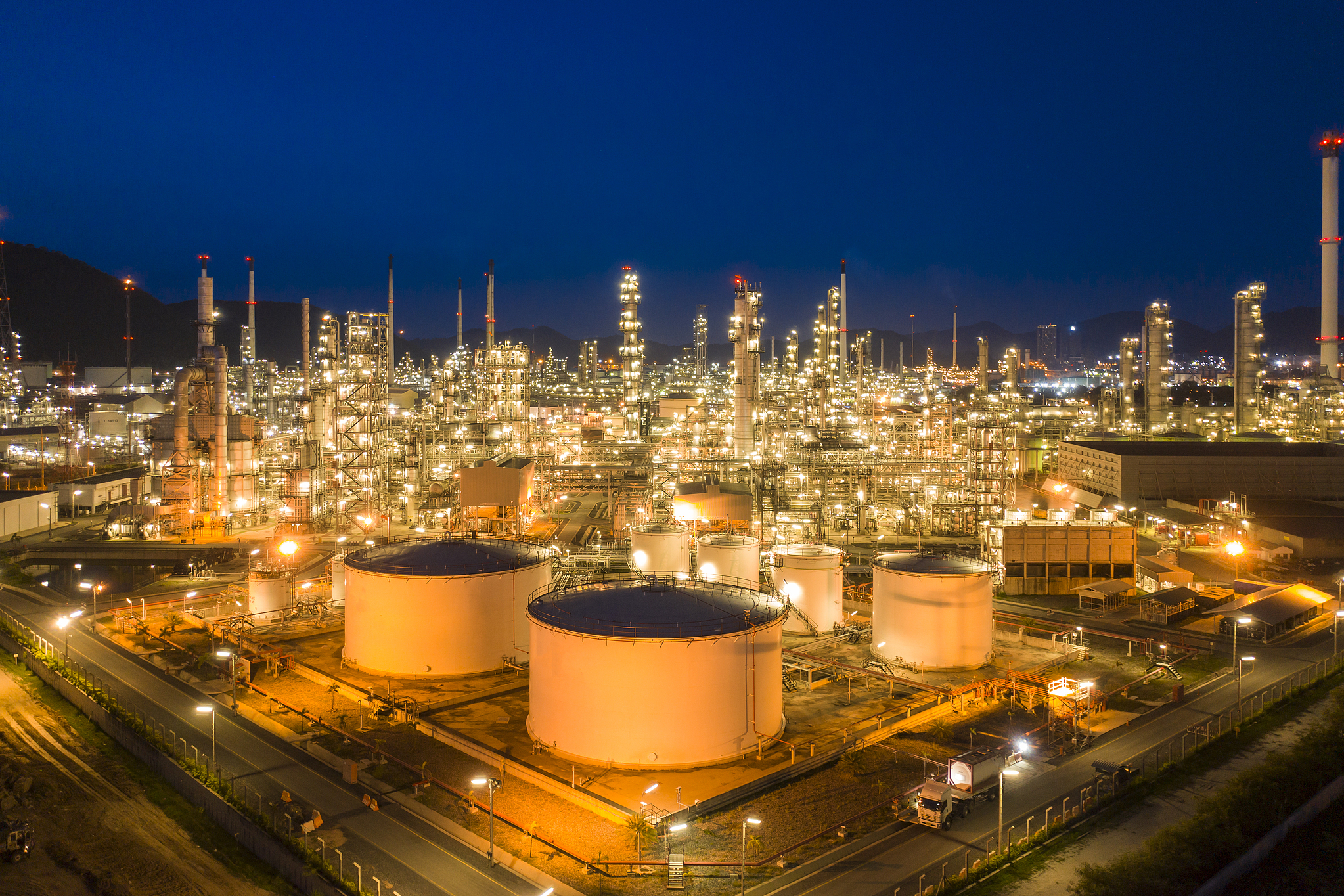





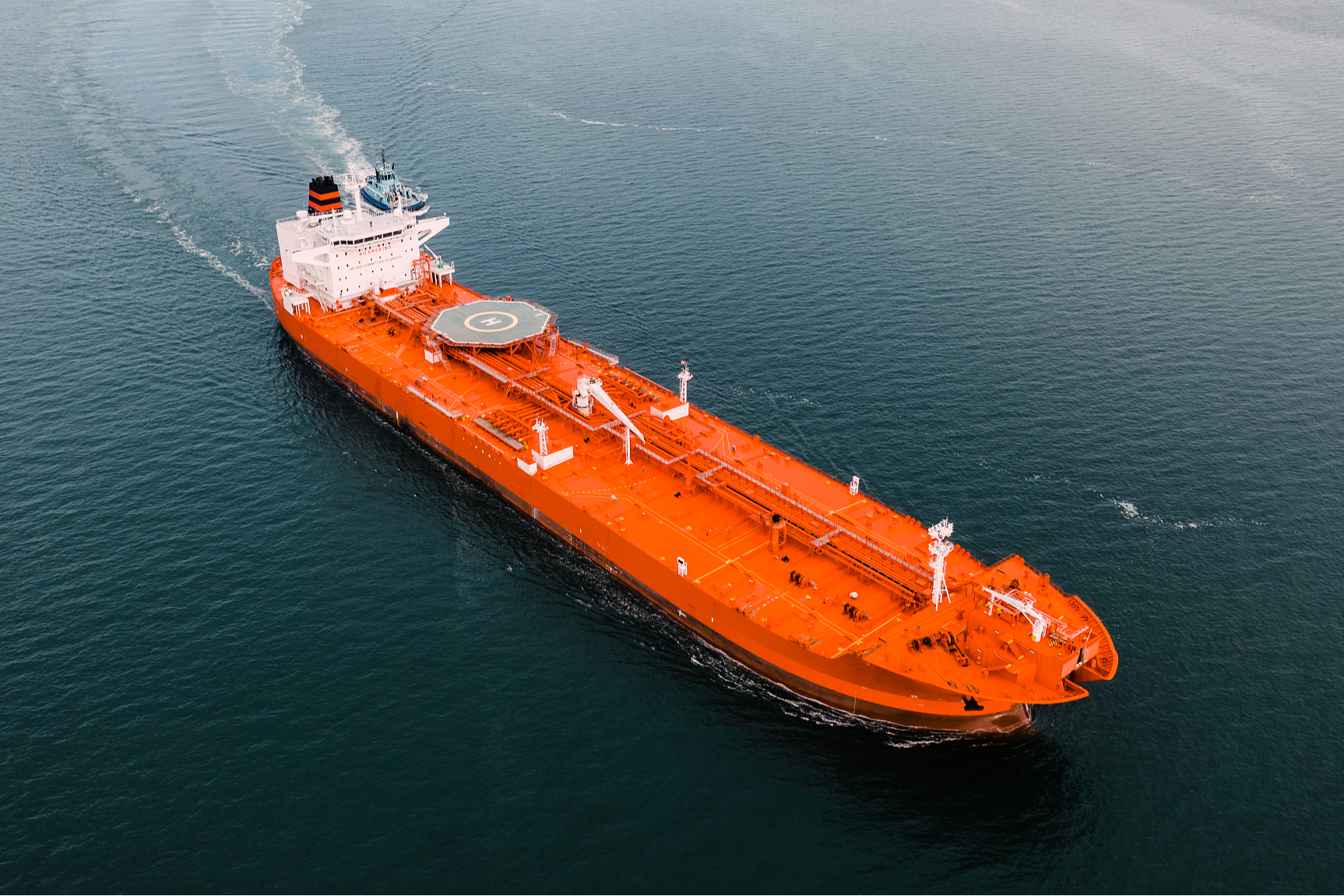
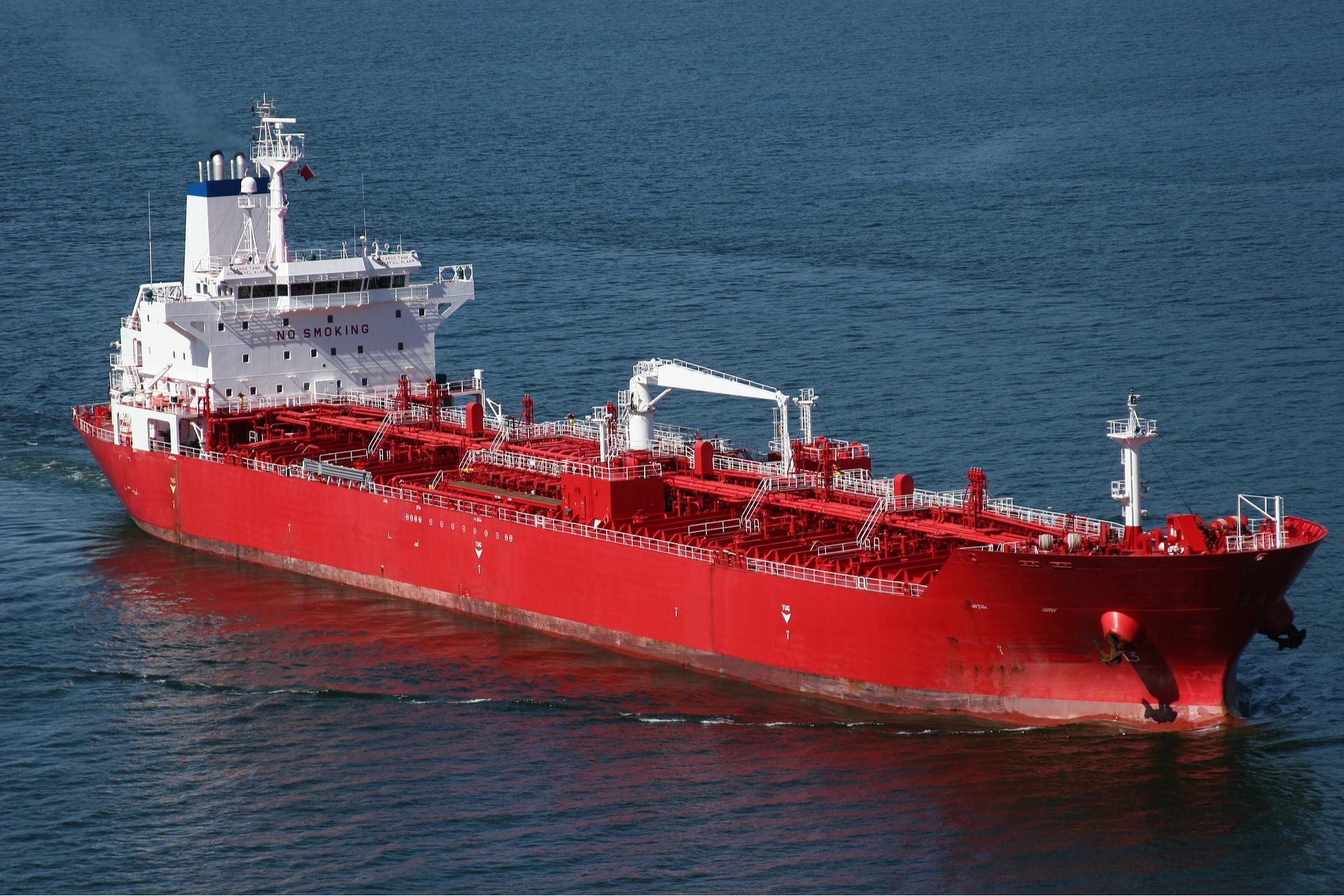

Acrylamide powder serves as a soluble building block needed to create polyacrylamides, which are powerful flocculating agents commonly found in both city and factory water treatment systems. Once mixed with water, the acrylamide molecules link together forming lengthy chains that can be adjusted to have different electrical charges positive, negative, or neutral allowing them to grab onto specific types of suspended matter in the water. Tests show these special polymers can boost how fast solids settle out of water by around 40 percent over regular coagulants. This means wastewater plants can process sludge faster and get clearer final water output, which matters a lot for meeting environmental standards.
Getting acrylamide powder fully dissolved matters a lot when it comes to running operations efficiently and being good for the environment. When the powder doesn't mix properly, we end up with those pesky fish-eye clumps that nobody wants. These are basically chunks of undissolved polymer that just sit there, making less of the actual working stuff available. Plants then find themselves needing about 15 to 20 percent extra powder just to hit their performance numbers. And this kind of waste means using more fresh water overall while also creating bigger volumes of wastewater. On the flip side, facilities that have worked out better ways to dissolve the powder see around 30 percent less water usage during flocculation processes. That helps them stay on track with sustainability targets worldwide, including things like the United Nations Sustainable Development Goal number six which focuses on clean water access and proper sanitation systems.

What's known as the "fish eye" effect happens when acrylamide powder takes in water at different rates across its surface. This creates these tough, jelly-like clusters that just won't fully hydrate, especially noticeable in cold water conditions. The problem comes from those water repelling centers inside the particles which stop the polymer chains from stretching out properly, making the whole flocculation process less effective. Studies point to something pretty concerning here too. When things aren't dissolved right, we end up wasting anywhere between 15 to 30 percent extra water because operators keep having to flush out all that stuff that never actually mixed in (Journal of Molecular Liquids found this back in 2021). There is good news though. Some pre wetting methods that involve adding certain surface active agents right at the start of mixing can cut down on these clumps by around 80 percent. That means far less wasted water and chemicals overall for most operations.
Effective dissolution requires complete unfolding of tightly coiled acrylamide polymer chains, a process hindered by hydrogen bonding between amide groups. Hydration kinetics are strongly influenced by temperature and ionic strength:
| Factor | Optimal Range | Impact on Dissolution Speed | Water Savings Potential |
|---|---|---|---|
| Particle Size | 50–100 µm | Reduces clumping by 70% | 15–22% less water used |
| Water Temp | 35–40°C | Accelerates unfolding by 3x | 10% lower energy vs. 50°C |
| Shear Rate | 300–500 rpm | Prevents sedimentation | Avoids 8–12% water waste |
| Fine particle sizes (≤80 µm) combined with staged mixing reduce total water consumption by 18% in municipal treatment operations. |
Wetting acrylamide powder before it gets fully hydrated stops those annoying fish eyes from forming because the material spreads out more evenly. According to research published last year by chemical engineers, this approach actually saves about 18 percent on water usage since there's no need for fixing messed up batches later. When around 10 to 15 percent of the total water needed is sprayed onto the powder first, it makes a kind of wet mixture that mixes in much better than just throwing dry powder into liquid. The process takes roughly 30 percent less time to dissolve completely compared to adding the powder directly without any pre-moistening.
Slow, controlled feeding of acrylamide powder into high-shear mixers improves solubility and reduces cleanup needs. A leading water treatment plant achieved 24% faster batch processing using this method, as high-shear mixing ensures uniform distribution and minimizes undissolved residue. This approach reduces post-process rinsing water demand by 41% (Industrial Chemistry Journal 2024).
Heating water to 50–60°C accelerates acrylamide dissolution by 40% compared to ambient temperatures, without the energy penalty of heating beyond 60°C. Field tests in paper mills demonstrated that balancing temperature and agitation saved 3.2 million liters of water annually per facility—equivalent to 12% of total process water use (Water Efficiency Report 2024).
Blending acrylamide powder with 5–8% ethanol (v/v) enhances solubility in cold water by 55% by lowering surface tension and promoting full chain unfolding. In a municipal sludge treatment trial, this method reduced wastewater generation by 29% by minimizing incomplete hydration events and the need for repeated flushing.
Optimizing acrylamide powder dissolution delivers measurable water savings and efficiency gains across large-scale operations, supporting both economic and environmental objectives.
A mid-sized municipal treatment plant achieved a 22% reduction in water usage after implementing pre-wetting and inline hydration for acrylamide powder. By eliminating clumping, the facility reduced rinse cycles by 40% in flocculation processes. Annual water savings reached 8,700 m³—sufficient to supply 120 households for a year.
Optimized powder formulations outperform emulsions and dispersions in total water efficiency:
| Form | Mixing Water Required | Post-Treatment Rinses | Total Water/Ton |
|---|---|---|---|
| Powder (Hacked) | 1,200 L | 1x | 1,500 L |
| Emulsion | 800 L | 3x | 2,900 L |
| Dispersion | 500 L | 5x | 3,500 L |
Despite higher initial mixing volumes, solubility-enhanced powder significantly reduces cumulative water demand due to fewer rinses and lower rework rates.
Facilities investing in dissolution optimization typically achieve payback within 18–24 months. One European plant reported $314,000 in annual savings from reduced water procurement and wastewater disposal costs after upgrading its powder hydration system. The improvements also boosted processing throughput by 15%, as documented in research on water treatment efficiency (MDPI Energy, 2025).
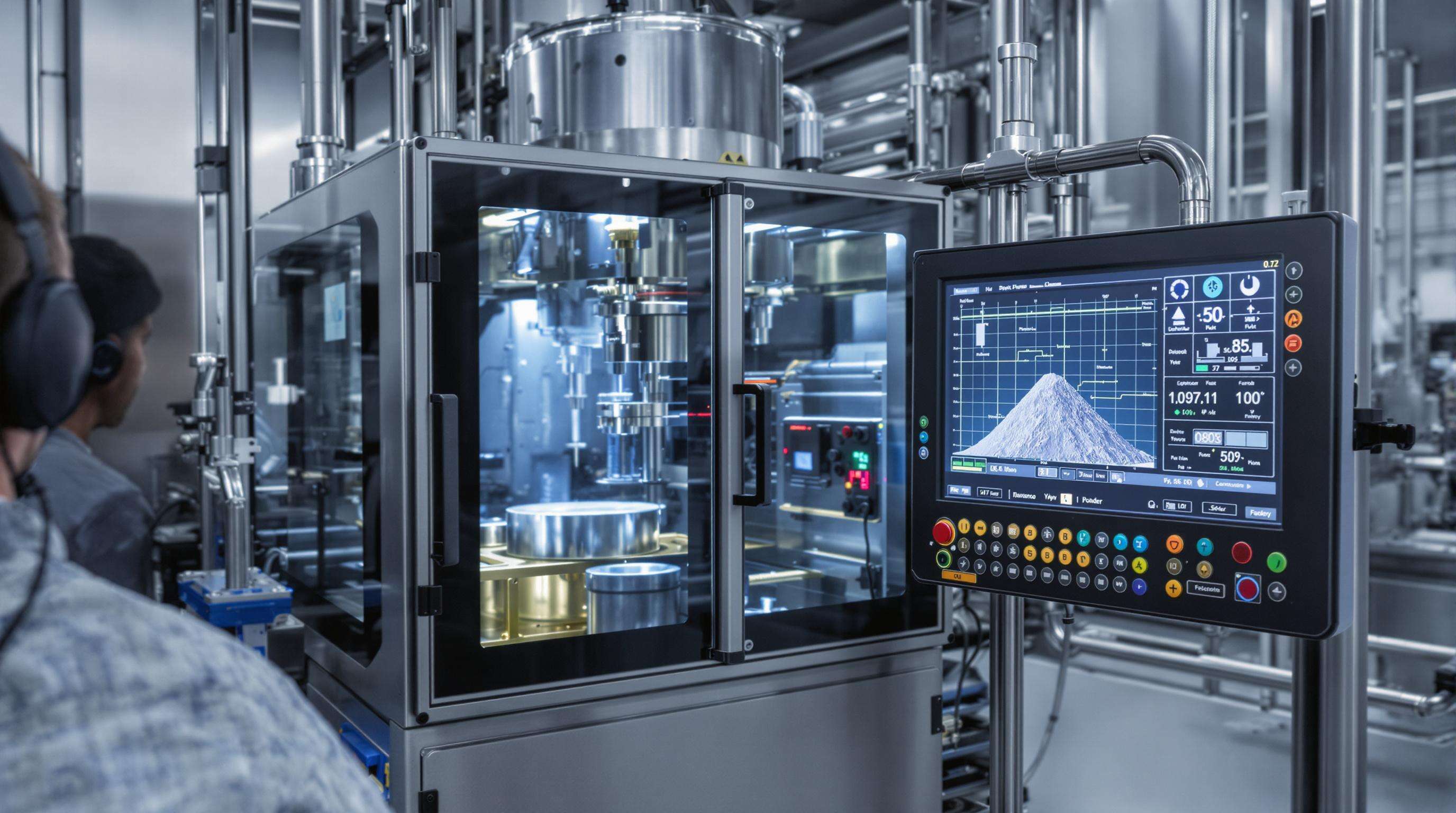
Smart dosing systems cut down on water waste somewhere between 15 to 25 percent when hydrating acrylamide powder according to the Industrial Water Efficiency Report from 2023. What makes these systems work so well is their combination of gravimetric feeders along with optical sensors that spot clumps as they happen. The system then adjusts feeding speeds and mixing intensity automatically. A city water treatment plant recently hit almost 98% efficiency in dissolving materials thanks to inline moisture checks that let them tweak the powder and water mix just right. This matters a lot because acrylamide needs pretty specific conditions to hydrate properly, ideally around 20 to 35 degrees Celsius where it works best.
New encapsulation tech has made it possible to delay when acrylamide powder activates, so it spreads out completely before any water gets involved. One clever approach involves coating particles with starch that only breaks down at around 30 degrees Celsius. This means the polymer chains can stretch out properly without getting messed up. Early tests indicate this technique cuts down on wasted material from poor hydration by about 37 percent. The benefits are especially noticeable in those tricky low-flow wastewater setups where old-school methods tend to leave behind stuff that just sits there until someone flushes more water through the system to clean it all away.
Acrylamide powder is used to create polyacrylamides, which are powerful flocculating agents that help in the settling of solids in water treatment processes, increasing efficiency and clarity of the water output.
Solubility of acrylamide powder is crucial to avoid clumping, which leads to more efficient use of the powder, reduces water consumption, and minimizes waste, supporting environmental sustainability and operational efficiency.
Higher temperatures accelerate the unfolding of polymer chains, reducing dissolution time and energy use. Optimal dissolution occurs at 35–40°C, balancing efficiency and energy consumption.
Proven methods include pre-wetting techniques, gradual powder addition with high-shear mixing, optimizing water temperature, and using co-solvents like ethanol for better solubility.
Smart dosing systems reduce water waste, optimize dissolution efficiency, and adjust feeding and mixing automatically using real-time data, significantly improving operational outcomes.
 Hot News
Hot News2025-07-25
2025-06-16
2025-04-07
2025-04-07
2025-04-07
2025-12-03

